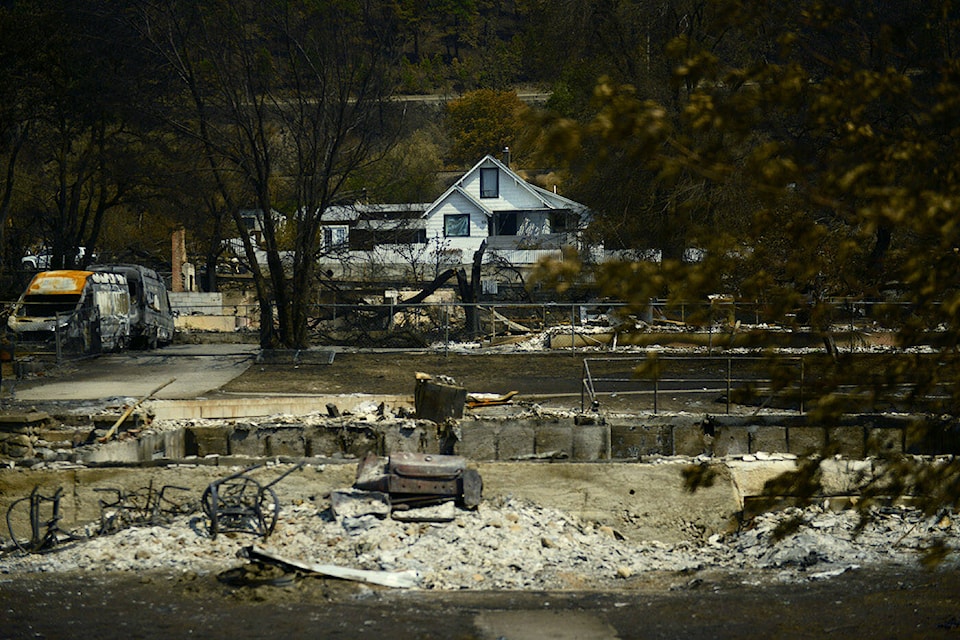by John Boivin
Local Journalism Initiative Reporter, Valley Voice
Protecting new homes and properties from wildfires is going to be hard-wired into the regional government’s planning process.
The board voted at its last board meeting to begin development of a Wildfire Development Permit Area across the regional district.
A Wildfire DPA would require developers to design their developments – from land subdivision to building construction – in a way that reduces the risk associated with wildfire and that strengthens community resilience to natural hazards and climate change.
“The WFDPA will seek to take a pragmatic approach in its implementation through the utilization of clear and transparent guidelines that achieve wildfire risk mitigation while not being overly onerous for property owners and developers,” a staff report says.
There will be flexibility in implementation of the DPA, the report notes – some electoral areas may not implement the WFDPA immediately.
The project will include a public engagement strategy to build awareness about the WFDPA and other FireSmart initiatives, including a community survey, stakeholder workshops, social media posts and community displays. The campaign will begin this summer.
“Living near the great outdoors comes with great responsibility,” is one of the project’s sample messages. “You can help protect our natural environment and all it has to offer by following FireSmart principles.”
The RDCK received about $94,000 from a provincial program to pay for the development of the WFDPA, which was contracted out to Kelowna-based Urban Systems, a planning consultant. Urban Systems will present a ‘What We Heard’ report in September. The final plan is expected to be ready for adoption in early 2023.
“Effectively reducing the risks associated with wildfires is a crucial component in building community resilience to natural hazards and climate change,” says the staff report. “Dollars spent on wildfire prevention generally lead to a significantly larger cost savings when compared to the dollars spent on emergency response.”
